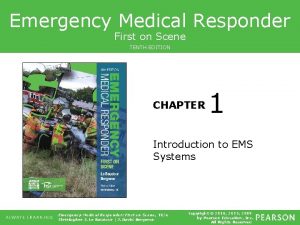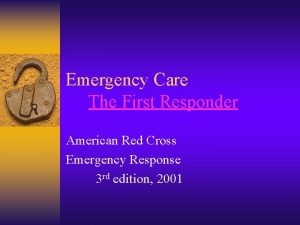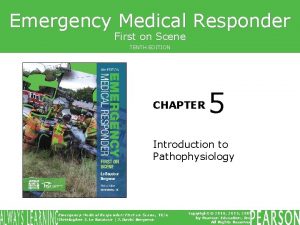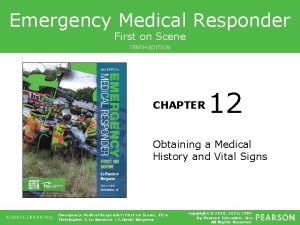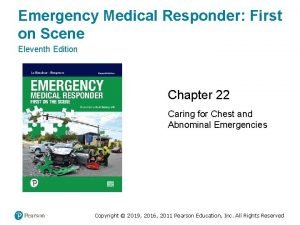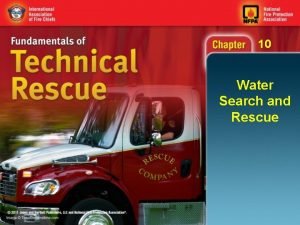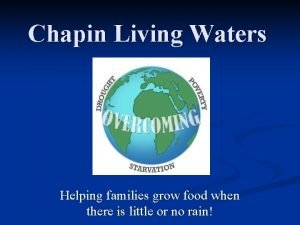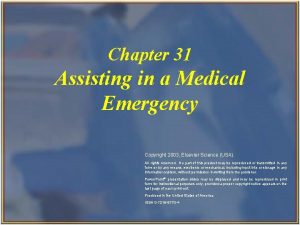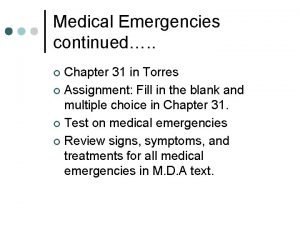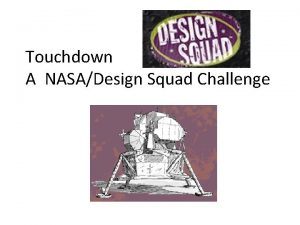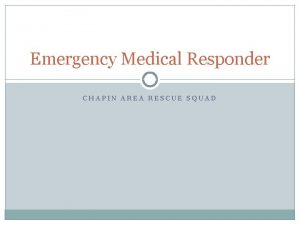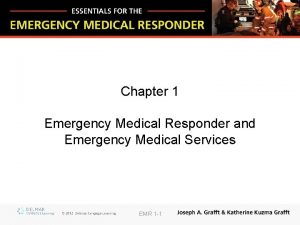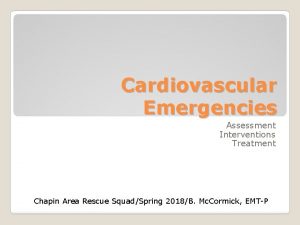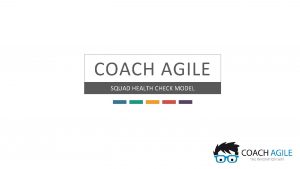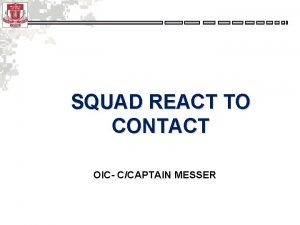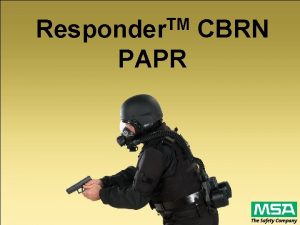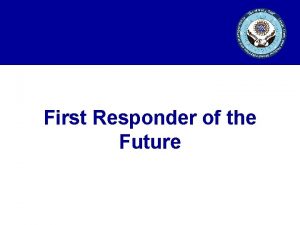Emergency Medical Responder Chapin Area Rescue Squad Chapter










- Slides: 10

Emergency Medical Responder Chapin Area Rescue Squad

Chapter 2: Safety and Wellness

Objectives Identify the following and use of: • Standard safety precautions • Personal protective equipment • Stress management • Dealing with death and dying • Prevention of response-related injuries Demonstrate and Identify BSI procedures and protection for infectious diseases

Introduction • You, your patients, and their families can experience various degrees of stress in a medical emergency. • You must be in decent shape (physically and mentally) to be a quality responder • You must learn how to avoid unnecessary stress and how to prevent your stress level from becoming too high. • The most stressful calls include: • A patient who reminds you of a close family member • Very young or very old patients • Death

Stress • You must make a conscious effort to prevent and reduce stress: • Learn to recognize the signs and symptoms of stress. • Adjust your lifestyle to include stress-reducing activities. • Five stages of reaction to death and dying • Denial: The person experiencing denial cannot believe what is happening. • Anger: Anger is a normal reaction to stress and it will sometimes be directed at you. • Bargaining: The act of trying to make a deal to postpone death and dying. • Depression: The patient is usually silent or seems to retreat into his or her own world. • Acceptance: The patient understands that death and dying cannot be changed.

Stress Management • Recognizing Stress • Warning Signs • Preventing Stress • Diet • Exercise • Reducing Stress • CISM

Standard Precautions • Bloodborne pathogens • Disease-causing agents that are spread through contact with infected blood • HIV is transmitted by contact with infected blood, semen, or vaginal secretions. • Wear gloves. • Hepatitis B is also spread by direct contact with infected blood, but it is far more contagious than HIV.

BSI • Standard precautions • Assume that all patients are potentially infected with bloodborne pathogens. • Use protective equipment. • Always wear approved gloves, and change gloves after contact with each patient. • Wash your hands with soap and water. • Always wear a protective mask, eyewear, or a face shield when you anticipate blood.

Responding • Scene safety is a most important consideration to you as an EMR. • Includes your safety and the safety of all other people present at the scene • An injured or dead EMR cannot help those in need. • Drive safely and always fasten your seatbelt when you are in your vehicle. • Parking your vehicle • Park your vehicle so that it protects the area from traffic hazards. • Be sure that the emergency warning lights are operating correctly. • Be careful when getting out of your vehicle.

Review • Stress is a normal part of an EMR’s life. • The five stages of the grief process when dealing with death and dying are denial, anger, bargaining, depression, and acceptance. • Stress management consists of recognizing, preventing, and reducing critical incident stress. • You should understand how airborne and bloodborne diseases are spread and how standard precautions prevent the spread of infection.
 Emergency medical responder first on scene
Emergency medical responder first on scene Red cross first responder
Red cross first responder Cardiopulmonary
Cardiopulmonary Antecubitsl
Antecubitsl Emergency medical responder first on scene 11th edition
Emergency medical responder first on scene 11th edition Reach throw wade row swim tow
Reach throw wade row swim tow Chapin town hall
Chapin town hall Chapin living waters
Chapin living waters Chapter 31 assisting in a medical emergency
Chapter 31 assisting in a medical emergency Define medical emergency chapter 31
Define medical emergency chapter 31 Nasa design squad challenge touchdown
Nasa design squad challenge touchdown
